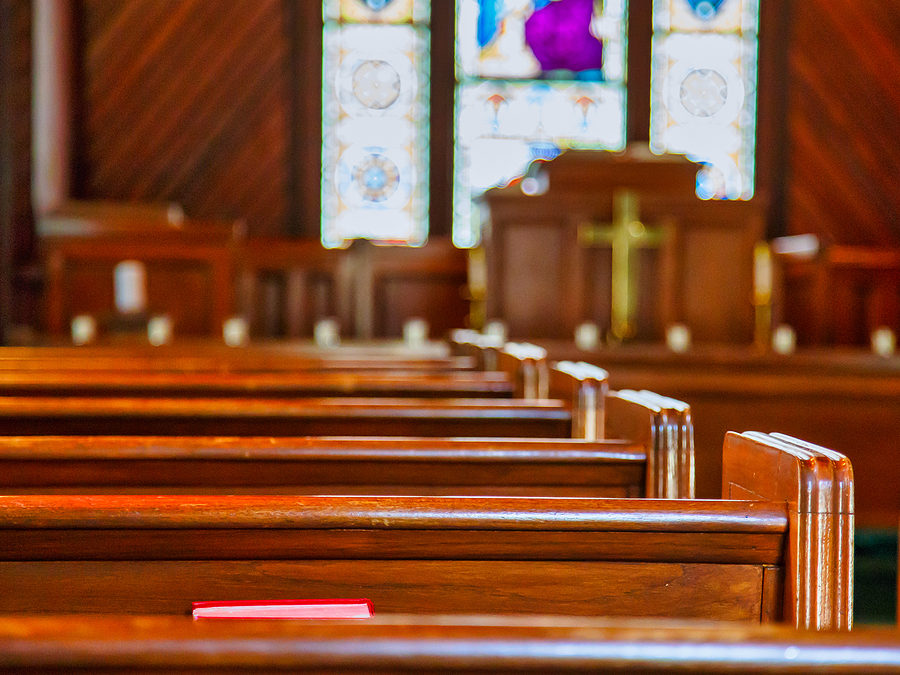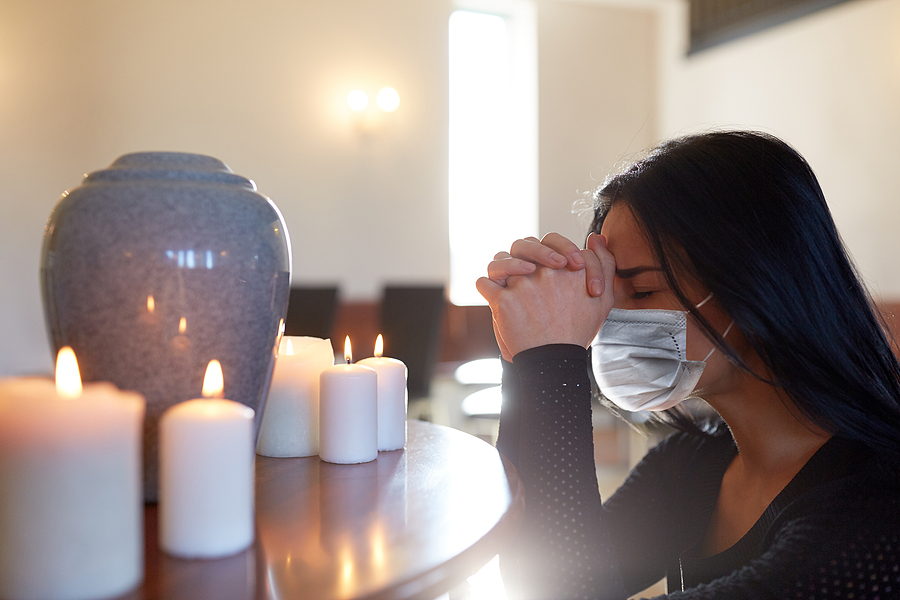
Church and the Great Resignation
In the year of the “Great Resignation,” an unprecedented number of Americans quit their jobs, opting for more fulfilling careers. Whether this meant creating a start-up and working for themselves or simply leaving their current position to find a job that offered better pay and benefits, a recent National Public Radio article noted that since the Spring of 2021, about 33 million employees have quit their jobs. The church has been impacted by the Great Resignation.
Since the onset of the pandemic, many pastors have shifted out of ministry. Pastor Melissa Florer-Bixler has written that her pastoral colleagues are leaving due to various reasons, but most notably, “their denominations and powerful congregants have pushed for a false unity that tolerates homophobia, racism, and conspiracy theories… [they] experience unwillingness to try new things or shift church priorities.”
The impact of the Great Resignation on churches hasn’t stopped there. The pandemic-inspired changes in the world of work have now impacted the world of worship for our congregations. As people have not only re-assessed their work commitments, they have also re-assessed their church commitments. Church attendance, which had already been in decline before the pandemic, has plummeted in many areas. It’s like the Work from Home movement and the Great Resignation have now gone to church. Some people are choosing to worship from home, while others have resigned from church altogether.
How Churches Can Respond to the Great Resignation
Just as people are rejoining the world of work on their terms, the opportunity is there for people to realign with church. But first, churches must find a way to be as responsive to these pandemic-era changes as companies have been. Just as the workplace has to provide the kind of positive work environment, compensation, and benefits that entice people to give their all to work, so the experiences of worship, fellowship, and Bible study have to be worth it for people to invest their time, talents, and treasure.
Think about it. If people quit jobs because they don’t feel fulfilled, they can just as easily quit church if they don’t feel spiritually fulfilled there. So, if the experience of church feels rote, uninspired, or disconnected from real life, then people will be less likely to come back. Church has to feel worthwhile.
Spirituality is the Next Normal
I’m a big believer that congregations can embrace spirituality as the next normal, and that church can be a place of spiritual community for people. People are built for relationship with God at a cellular level, and we are hard-wired for spirituality. People will absolutely participate if the experience speaks to them.
Just as work environments now have to address themselves to the whole person, people want the same of church. In my work with Creating a Culture of Renewal®, it’s been my experience that people want more of church—not less. More vision, more love, more miracles. And more connectedness. They want church to feel more like community—a place that is sensitive to and inclusive of the whole person and of their families.
As the church, you have unique opportunity to meet the Great Resignation with greater spirituality. This is the time to try new ideas, shift your priorities, and embrace the spirituality as the next normal.
Need help with this? In March, I’m hosting an online workshop, “How to Do More with Less.” We’ll discover how to do more with less togetherness, less resources, and less experience, and find the surprising ways where less is actually more.
Excerpted and adapted from Rebekah Simon-Peter’s upcoming book (Market Square Publishers, 2022).
Copyright © 2022 rebekahsimonpeter.com, All Rights Reserved.





